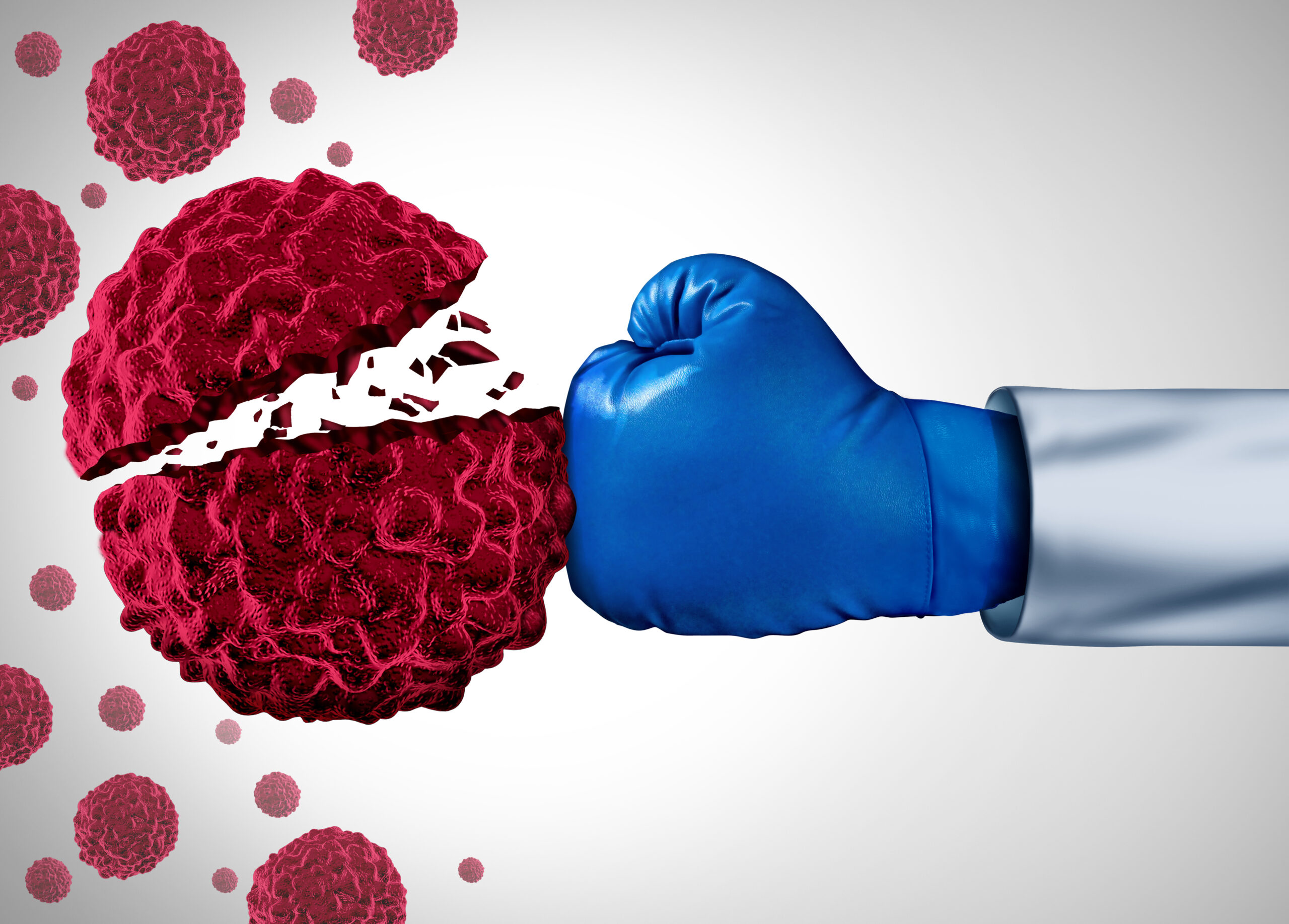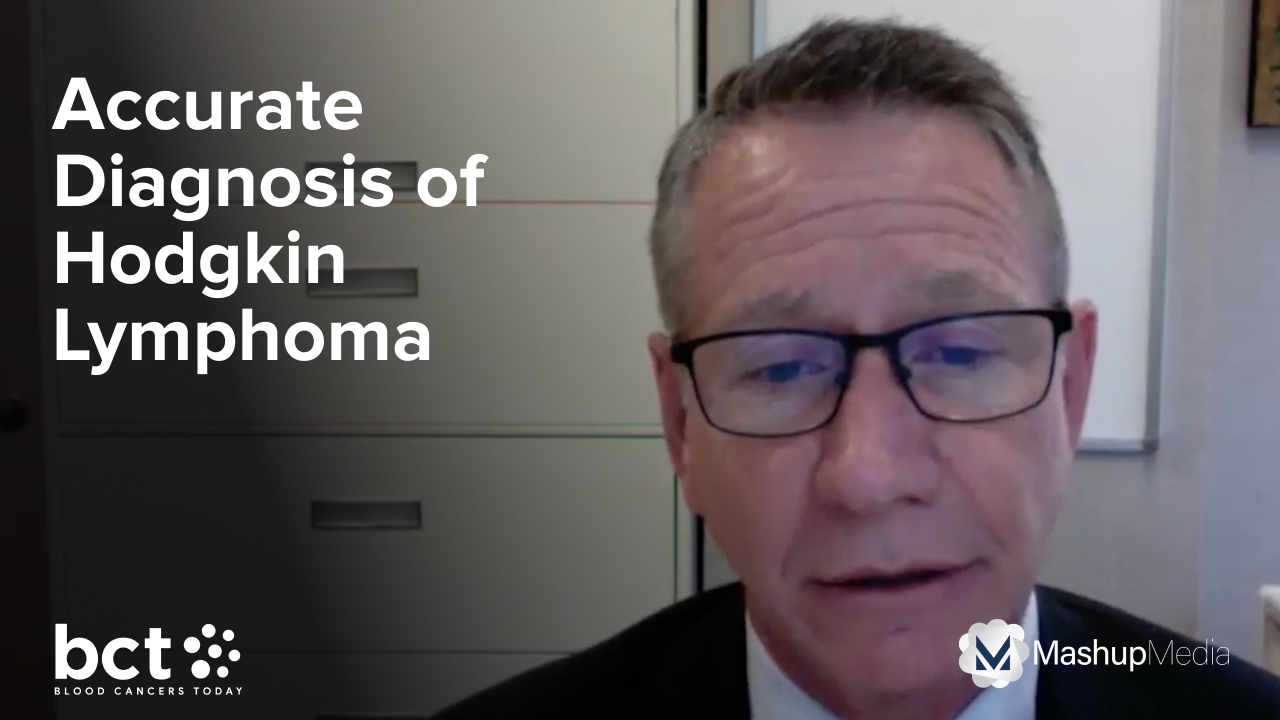
With an expanding treatment paradigm and a better understanding of minimal residual disease (MRD), hematologists/oncologists who treat acute leukemias have better chances of getting patients into prolonged remission.
“We say the patient is in remission because the marrow looks normal and their blood counts are normal, but we know that the leukemia can still be lurking there and eventually grow and reach critical mass and cause relapse,” said Joseph G. Jurcic, MD, a professor of Medicine, and the director, Hematologic Malignancies Section, Division of Hematology/Oncology, Columbia University Medical Center, in an interview with Blood Cancers Today.
At the Tri-State Blood Cancer Conference held in New York, NY, Dr. Jurcic, joined peers, blood cancer survivors, and caregivers to discuss the treatment of acute leukemias, including providing attendees with the understanding that the journey to survivorship for adults with either acute myeloid leukemia or acute lymphocytic leukemia is just as dependent upon the use of modern MRD measurement techniques as it is on utilizing the most optimal therapies.
In the interview with Blood Cancers Today, Dr. Jurcic gave expert insights on how physicians can potentially guide their patients from diagnosis to survivorship.
Blood Cancers Today: Can you talk about what the most important steps to take as a hematology/oncology specialist to get patients from diagnosis to survivor of an acute leukemia?
Jurcic: One of the one of the key issues is that diagnosis is also used for prognosis, and our findings can help direct therapy. So, this is a key theme that I’m stressed in my talk at the at the Tri-State Blood Cancer Conference.
That initial diagnostic workup should include things like chromosome analysis, cytogenetics, and molecular analysis, and this should not just be for diagnosis, but if a patient were to relapse, because we know that the diseases can change over time, and this is key to offer the best available therapy for patients. We now know that various molecular lesions are targetable with drugs or antibodies. And of course, we also use this to determine whether patients should go on to an allogeneic stem cell transplant or not.
Which agents in AML are showing the most promise?
Jurcic: My presentation is about acute leukemias, and there are two major types, acute myeloid leukemia and acute lymphoblastic leukemia. After 40 years of really having only few agents available to treat acute myeloid leukemia, cytarabine and anthracycline, either daunorubicin or idarubicin, over the past decade or so, there have been 12 new agents approved for this disease. So, it’s quite remarkable progress. Utilizing these agents in the best possible way is key.
So, there are various targetable mutations that we have. There are the FLT3 abnormalities, and there are two different types of FLT3 abnormalities, internal tandem duplications, and then tyrosine kinase domain mutations. And we have agents, midostaurin, quizartinib and gilteritinib, which target those. When used in combination with chemotherapy, midostaurin and quizartinib have shown to improve outcomes over chemotherapy alone. Gilteritinib is useful as a single agent, and there’s promising data from early clinical trials showing that when added to other agents like azacitidine and venetoclax, gilteritinib is also extremely promising in the upfront setting, as well as useful in the in the second-line setting. In the event of relapse, we have three drugs that target 1 mutation.
Similarly, there’s another group of mutations, IDH1 and IDH2 mutations, and we have three drugs that target those: ivosidenib, enasidenib, and olutasidenib. We know that what is particularly promising is the combination ivosidenib and azacitidine for older individuals with IDH1 mutations. And that, to my mind, has really become the standard of care for that population.
The other major group of targeted small molecules I spoke about are Menin inhibitors, and the agent has already been licensed is lenalidomide. This drug has been approved for patients with relapsed rearrangements of a gene called KMT2A, and it has shown promise. And of course, the next steps in in developing these drugs are really to combine them with our best chemotherapies. There’s a whole plethora of studies combining these agents now with other agent with standard chemotherapy drugs. So, it’s an exciting time in developing these Menin inhibitors.
Which agents are most optimal for modern treatment of ALL to date?
It’s a rare disease and adults. It’s the lowest childhood leukemia and things I discussed include the use of antibody-based therapy that targets CD19 called blinatumomab. And what we have seen in recent years with multiple clinical studies, both in pediatrics and adults, is that the early incorporation of blinatumomab with standard chemotherapy improves outcomes. And so, I think that’s a key finding in recent years, and something that’s going to be studied more and more with various regimens.
There’s also another agent inotuzumab ozogamicin, which is a targeted chemotherapeutic agent. It targets an antibody called CD22 and again, there’s promising data that that led to approval of this agent for patients with relapsed disease.
Again, incorporating it into chemotherapeutic regimens up front can actually spare patients from chemotherapy, and this is particularly important for the older population, but this disease that may not tolerate intensive chemotherapy as well.
Finally, the other promising therapy in acute lymphoblastic leukemia is CAR T-cell therapy. The way this works is we harvest patients T cells then genetically engineer them to express a receptor that typically targets CD19, but other targets are being investigated. We then infuse these cells back into the patient, where they can attack and destroy leukemia cells. And it’s been extremely promising, and we now have three agents that are licensed for adults with one is specifically for young adults up to age 25. CAR T cells have been an important addition to our armamentarium for ALL.
Let’s say you gave a patient a targeted treatment for a time, they are in remission. How do you follow the patients to ensure a good survivorship journey?
One of the major issues in acute leukemia is assessing residual disease, meaning MRD, but in fact, it’s not so minimal. In order to achieve a remission, you need to kill about 99% of the cells in order to restore normal hematopoiesis and for the bone marrow to look normal. Typically, somebody is presenting with full blown leukemia has about 10 to the twelfth leukemia cells in their body. So, if you do the math that that reduces the disease burden to around 10 to the ninth cells, and that’s a lot of leukemia cells. So, without these special measurements to look at residual disease, we really are operating in a black box.
We say the patient is in remission because the marrow looks normal and their blood counts are normal, but we know that the leukemia can still be lurking there and eventually grow and reach critical mass and cause relapse. But we now have techniques where we can measure this MRD, and we do this with flow cytometry, we do it with next-generation sequencing, we do it with PCR techniques. It really depends on the molecular subtype of the disease.
For acute lymphoblastic leukemia, there’s a commercially available assay called clonoSEQ, which takes advantage of the unique mutations that occur as a signature for the leukemia cells. We know that achieving MRD negativity predicts a better outcome. These tests are still not perfect, and even as we get below the level of detection with these sensitive tests, there still may be leukemia cells there. People can still relapse, even if they achieve so called MRD negative status. But the fact is, we know that if you get the leukemia down to these very, very low levels, people will have longer remissions, and more patients will be cured. So, looking at MRD is being incorporated into clinical trials and in fact, routine clinical practice now.






 © 2025 Mashup Media, LLC, a Formedics Property. All Rights Reserved.
© 2025 Mashup Media, LLC, a Formedics Property. All Rights Reserved.